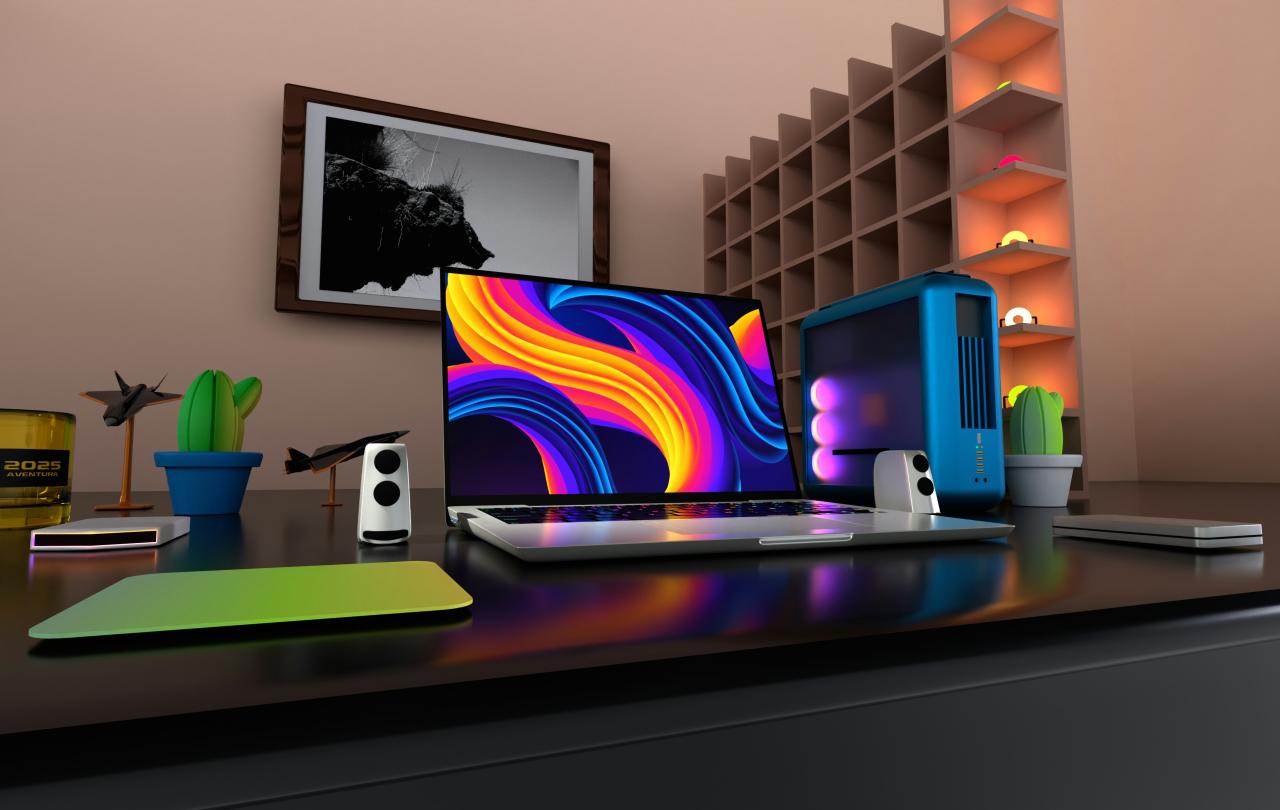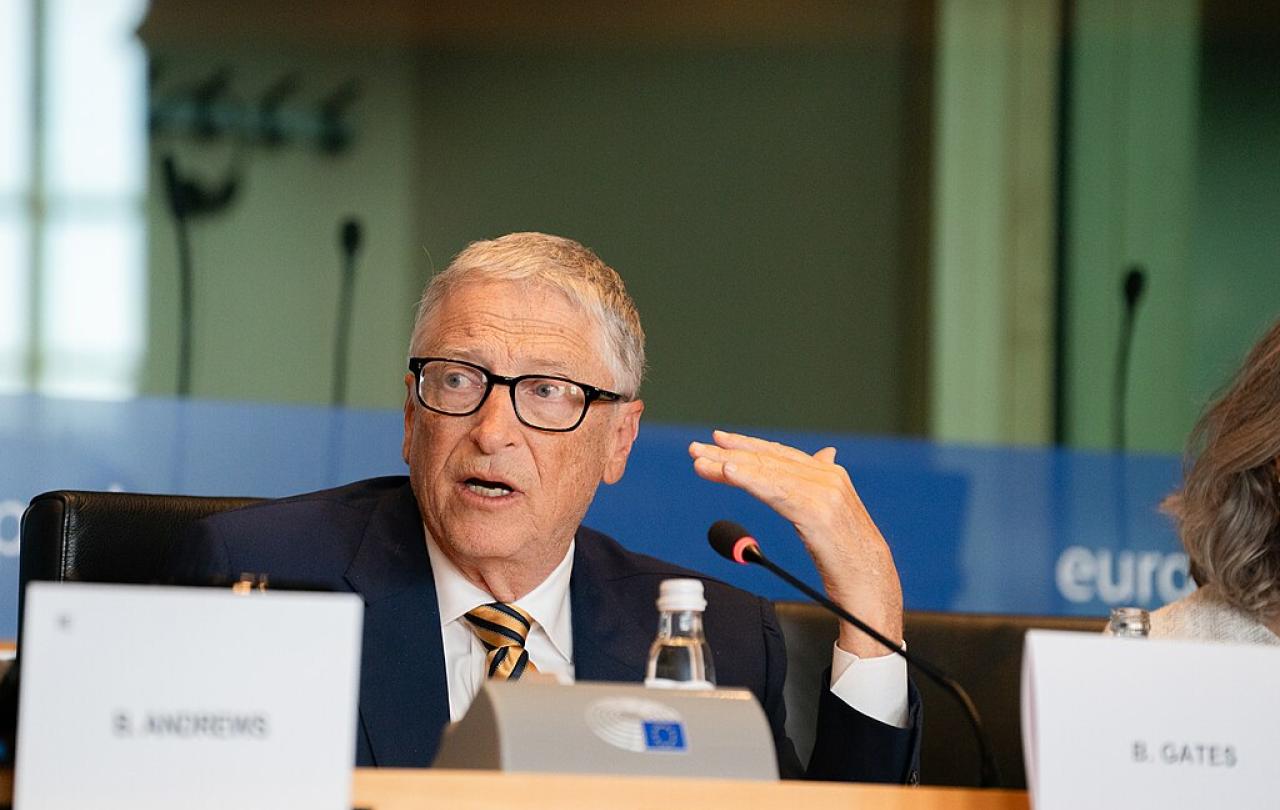
I wasn’t supposed to write this article. Actually, I was going to about a month ago. But I decided against it because I had a good experience with a Big Tech company, but today I changed mind. Let me start from the beginning.
Back in 2018, I bought a Samsung flatscreen TV for a flat I was renting in Southfields, if you don’t know South London well, that’s basically Wimbledon. I had just moved back to London. I remember I was excited about it because I hadn’t bought a TV for any of the other places I had lived in. I remember doing all the research. I wanted a Samsung because I am not an Apple person. I couldn’t afford the latest Samsung flatscreen, so I got a mid-range one. It was just as good as I thought it was going to be. In fact, I was pleasantly surprised by the quality for the price I paid.
When I moved back home during the pandemic, it became the kitchen TV and is still going strong. This Samsung TV is fantastic. The picture is crisp. If I am streaming a show in HD, it gets even better, noticeably better. Compared to the new, bigger TV, in the front room, it’s like night and day. Imagine my surprise when, some of the apps I regularly use on my good old kitchen TV stopped working. The TV works perfectly, but the apps no longer support my TV. In other words, Samsung and the app providers want me to buy a new TV when my TV is not broken. How can I throw away or upgrade a TV that isn’t broken?
Now you might be thinking it’s not necessarily a deep concern to hold. But this has happened to me before. My tablet, yup, another Samsung product, works perfectly well. It does what I want it to do. I bought it in 2020. I have no need, reason or desire to upgrade or buy another tablet. I was absolutely fine. That is until earlier this year, when Samsung rolled out a software update. My phone was updated automatically. The user interface changed, security is better and Gemini, Google’s version of ChatGPT, has been integrated into my search engine. The update was so transformative, that I questioned why my tablet also hadn’t updated automatically. I kept refreshing the updates screen, hoping it would come through, but nothing happened. So, as any self-respecting millennial would, I googled it.
What did I find? Samsung is no longer providing updates for my tablet. It is five years old, how does that even make sense? Again, I find myself with a working product, no scratches, no malfunctions, no problems whatsoever. A product I love but I am again being forced to eventually ‘throw it’ because Samsung have stopped providing software updates for it.
In sharp contrast to Samsung's sudden obsolescence in my life, I was left delighted after, yet another tech fail instead led to a positive outcome. Last month, the screen on my Fitbit suddenly stopped working. My steps and sleep were still being captured and recorded in the app, I just couldn’t see anything, including tell the time. As you would expect, I thought, ‘Here we go again, another Big Tech company forcing me to buy another product’. I had determined I wasn’t buying a new Fitbit. Instead, I decided I would contact Google. In the Fitbit app, you can get Google to call you back. So, I did and immediately, I found myself speaking to a lovely gentleman in San Francisco. Within five minutes, we concluded that there was a genuine fault. I sent my broken Fitbit off and two days later I received a refurbished replacement. After this experience, I felt okay again about Big Tech. I was in a good place, no need to write this article. Until today.
This afternoon, as I opened Microsoft Word. There was an announcement. From 14th October 2025, Microsoft will no longer support Office 2019. I am actually shaking my head in disappointment as I type this. Why is this a big deal? When I bought my PC in 2020, I made a deliberate choice to buy the packaged version of Microsoft Office and make a one-off payment. I did not want to entertain or engage in Microsoft’s attempt to turn a packaged good product, Office, into a subscription product Microsoft 365, to extract more money from me in the long run. But here I am again, being forced to do away with a perfectly good, working product by another Big Tech company all in the name of profit.
These things annoy me because I am being coerced into making choices that go against my value system. I would not describe myself as overtly climate conscious, but I am against waste. I do not subscribe to the idea of a culture that creates and fosters a society driven by consumerism at the behest of profit. Whilst Microsoft, isn’t asking me to throw away a physical product, its actions are causing me to think it is okay to do away with a perfectly decent product for no good reason. The only reason why Samsung and Microsoft are forcing me to change my working products, products that I am happy with is, so that they make more money. I am loyal to them. I have nowhere else to go. They provide a good service we have all encountered, the gradual, then sudden decline of our phone batteries around about the 18-month mark. Another example of unnecessary waste.
It all feels a little disheartening. We can no longer take these brands’ values at face value. Excellence and quality no longer mean superiority and long lasting. Instead, they mean ‘excellent until we release a new version next year when you ought to buy again or else we will stop supporting you’. No wonder we are all slightly suspicious of Big Tech, we don’t believe they represent what they say represent. We no longer trust that their ‘yes means yes and their no means no’.
Sadly, in politics the climate discussion has been reduced to a debate around the viability of achieving net-zero in x many years. But what would happen if we broadened out the conversation, and we looked a little bit deeper into the areas of genuine waste. Areas where our consumerist profit driven approach is forcing us to waste rather than steward the world’s limited resources. What would it look like if governments held corporations accountable for practices that force consumers to buy more than they need? Not to stifle innovation or growth but to stop waste. I don’t want to throw away my phone, tablet or TV but sadly Samsung is forcing me to. That just can’t be right.
Support Seen & Unseen
Since Spring 2023, our readers have enjoyed over 1,500 articles. All for free.
This is made possible through the generosity of our amazing community of supporters.
If you enjoy Seen & Unseen, would you consider making a gift towards our work?
Do so by joining Behind The Seen. Alongside other benefits, you’ll receive an extra fortnightly email from me sharing my reading and reflections on the ideas that are shaping our times.
Graham Tomlin
Editor-in-Chief





